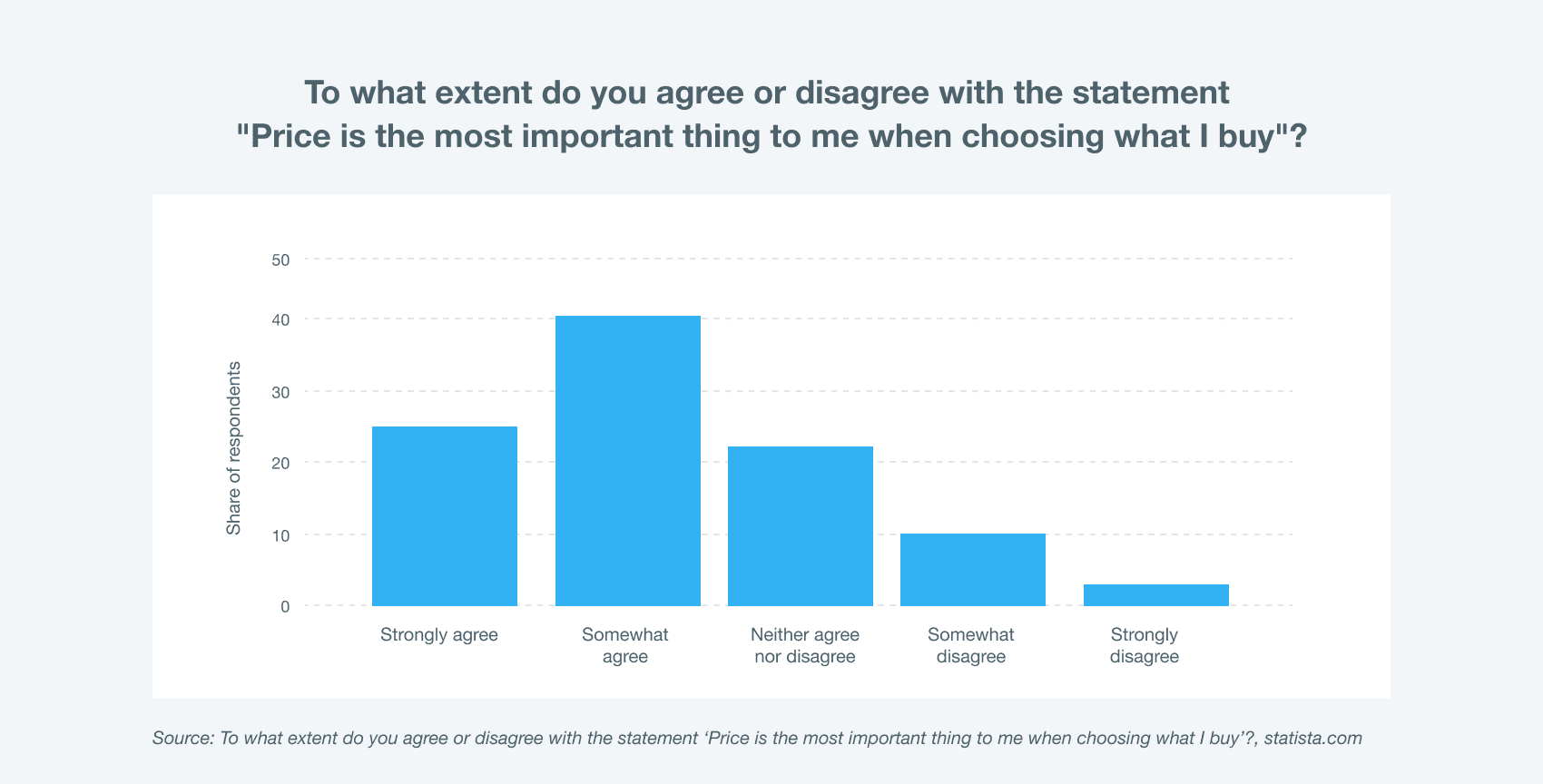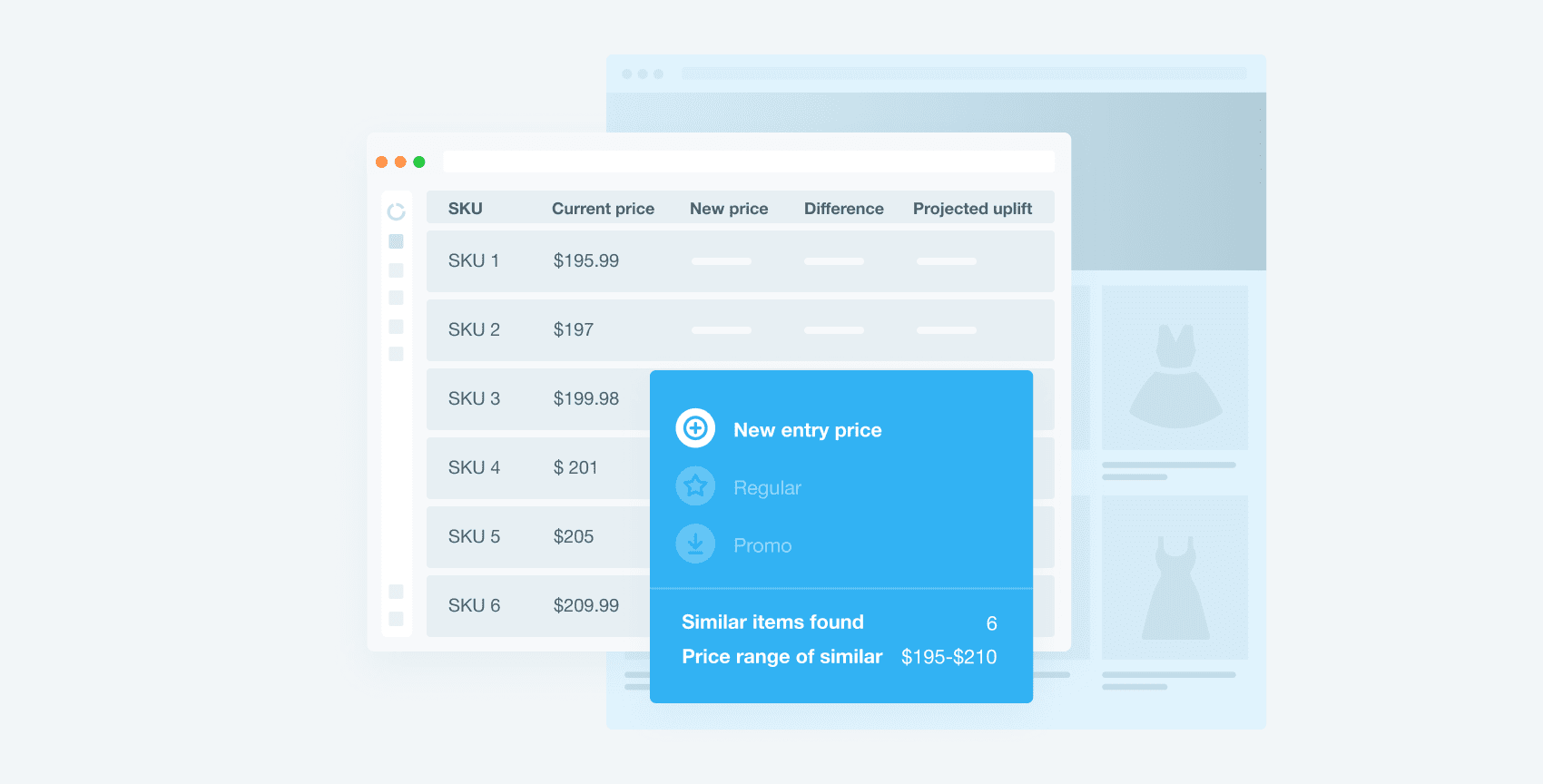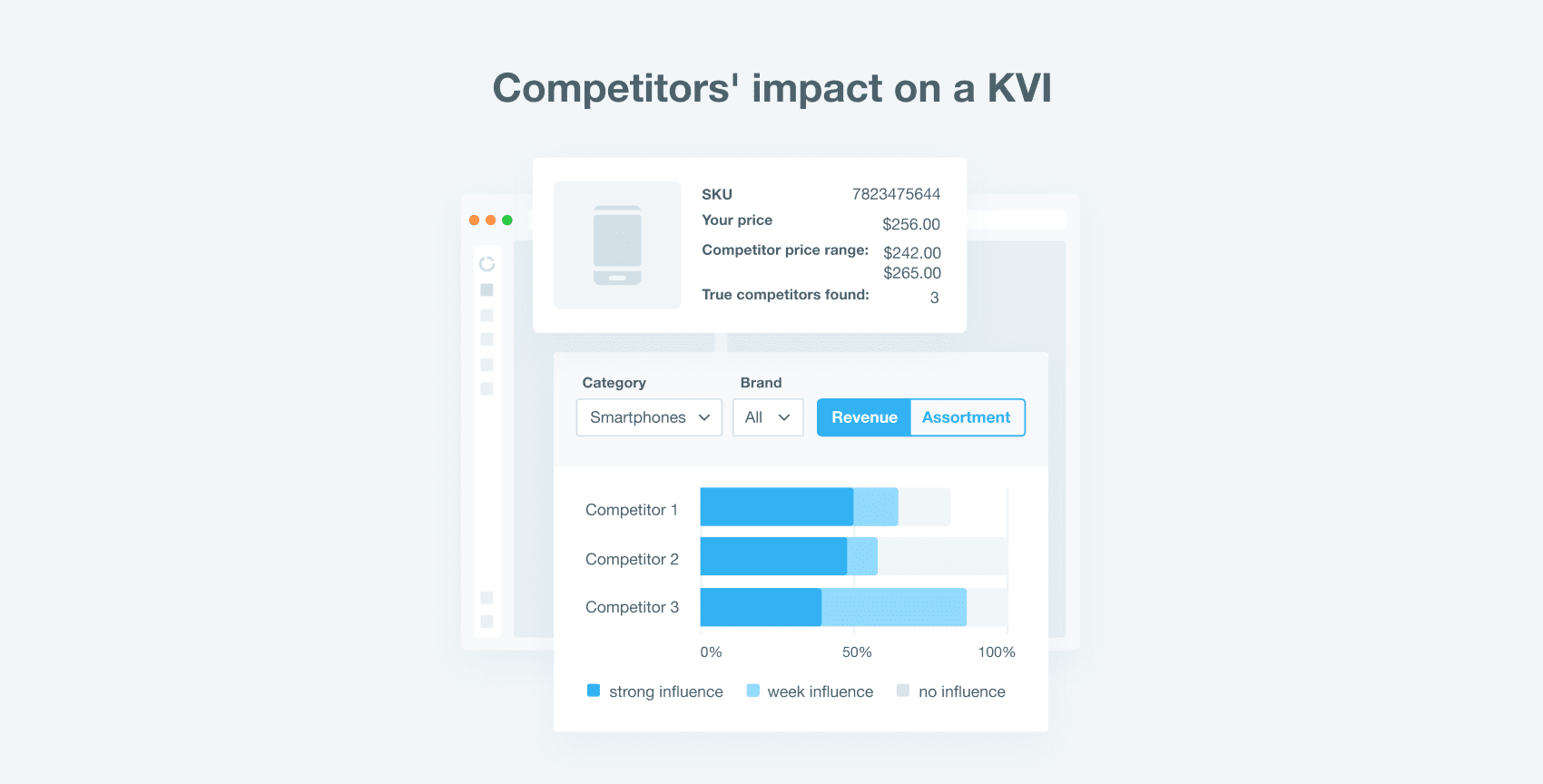Content navigation:
- What is product bucketing?
- Smart supply-chain management
- Product bucketing for new entry pricing
- Advanced portfolio management
- Final note
We live in an unprecedented time when retailers deal with a great wealth of information about customers and competitors. So it's not surprising that managers adopt machine learning solutions to optimize their workflow and tackle challenges. And pricing management is one of them.
According to the recently revealed survey, around two-thirds of UK consumers agree that price is the most important factor impacting their purchase decision. In this light, the question of how to price a product correctly and maintain its profitability is topically relevant.

It takes much time and effort for a manager to carry out a proper analysis and segment products into different buckets aligned with demand patterns and respective price segments. The use of ML algorithms brings this process to the next level.
Let's start with the essentials of product bucketing and figure out how retail can benefit from the up-to-date technologies.
What is product bucketing?
Product bucketing is a framework used to segment products by specific price ranges, performance, product roles, or other parameters. Grouping goods with the help of ML algorithms aims to find consistent patterns in products' parameters so that this information can serve as a decision point for pricing and listing/delisting. Product bucketing is widely applicable in the following domains:
-
supply-chain management
-
initial pricing
-
assortment management
Let’s figure out how ML-driven segmentation works in each of them.
Smart supply-chain management
The use of product bucketing in supply-chain management is one of the many areas where ML comes in handy. It allows for cutting unnecessary expenses and properly planning the procurement of goods. For instance, when apparel retail has to renew the collection and better understand what colors, sizes, and cuts are in demand, ML algorithms enable managers to collect information about similar items and their sales performance within the past season. As such, managers get the pool of the given products and can make accurate estimates of their performance aligned with the company’s business needs.
Product bucketing for new entry pricing
Optimal price aims to meet business needs and customer expectations. However, pricing certain products, like new entries, becomes a challenge. Managers can use information about the similar products and extrapolate it to the new items. Is it possible to manually process data about hundreds of goods and find the most suitable options for initial pricing in the shortest time? Definitely, no.
There are two types of new entry pricing:
-
Based on the predecessors' past sales
Managers can analyze the sales performance of these SKUs in the previous seasons, select a few of them performing the best, add an inflation rate, and set a fair price.
-
Without predecessors
The system scans a historical dataset to find similar products so that managers can assess their performance and choose the best one as a benchmark for the new entry pricing.
In case of products which have predecessors in past seasons, the managers are likely to set the initial price without the help of ML-powered technologies. In contrast, when it comes to identifying similar products, the role of ML can hardly be overestimated.

In particular, computer vision and natural language processing (NLP) technologies can help to identify the most similar products out of tens or thousands of SKUs sold in the past. As a result, the manager gets the selection of a few most relevant products from the past, thus being able to evaluate and compare their sales performance and choose the best one as a benchmark for a new price.
Advanced portfolio management
Setting the initial price for products is not a limit. What's more, ML-driven product bucketing is a valuable tool in portfolio management used by pricing managers to define an accurate product role and build a respective pricing strategy. In other words, managers can implement a suitable technique to price goods according to their mission.
What are the main product roles, and how do they perform pricing strategy?
-
New entries are the products launched in the portfolio. Their pricing is crucial as it helps capture consumers' attention and, in many cases, these SKUs have a potential to become best-sellers.
-
KVIs are the core of the portfolio. This group of products is in high demand, and shoppers frequently compare KVIs' prices with competitive products.
-
Exclusives are the unique offerings with good traffic. In most cases, these are branded and private label products.
-
Long-tail SKUs are products that need to play a meaningful role like creating an impression of great choice, and are less price sensitive, for that matter.
Effective assortment management depends on correct estimates of rate of sale. ML allows collecting and processing the historical sales data and making data-driven decisions. To better understand how product bucketing works let’s have a look at identifying KVIs.
Being aware of the true KVIs is crucial for a retailer’s competitiveness. Competera uses the latest technologies with a two-staged approach to help retailers with this task. The system analyzes historical data about price positioning and its impact on the rate of sale of each product, thus highlighting the ones that are the most sensitive to price reductions by the competition. Thus, ML-driven product bucketing allows retailers to regularly refresh their list of KVIs and keeps pricing tactics in line with the pricing strategy.

Final note
It’s important to understand that nowadays retail needs fast and viable pricing and assortment management solutions that ML can enhance. With the implementation of algorithm-driven technologies, product bucketing takes the new level that brings ample benefits for retailers who want to take every opportunity to grow.






